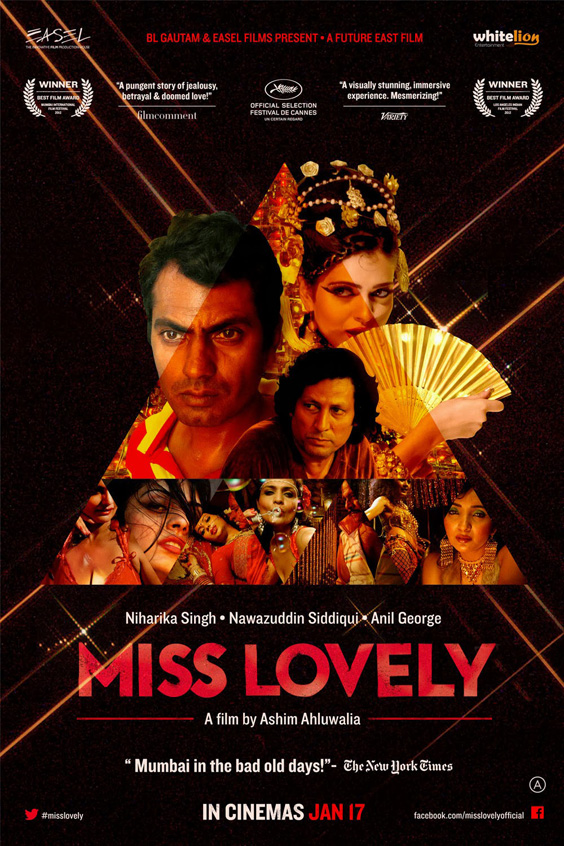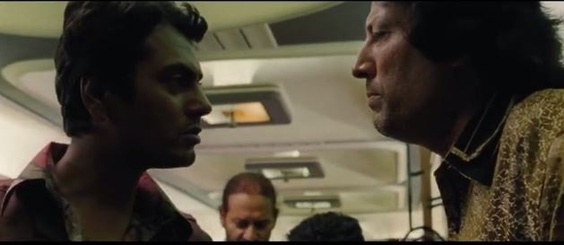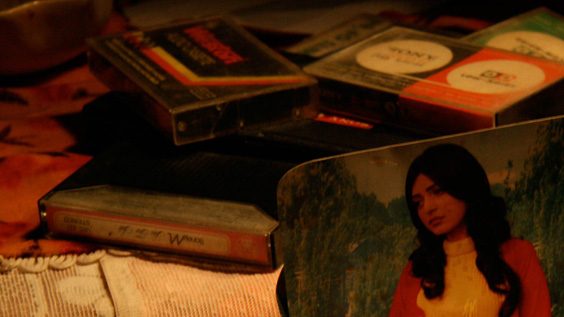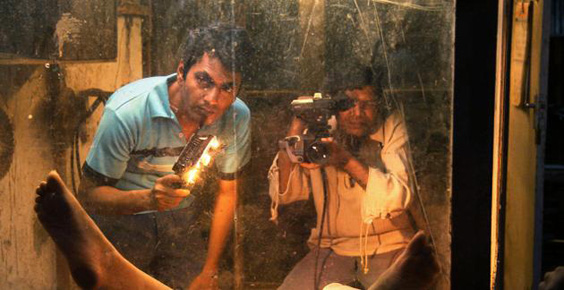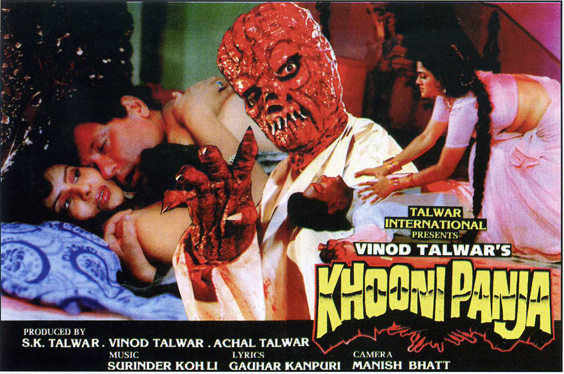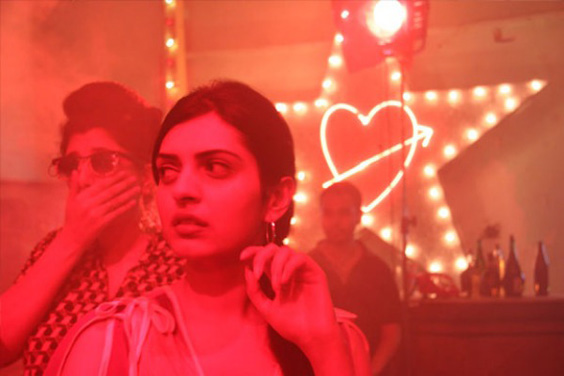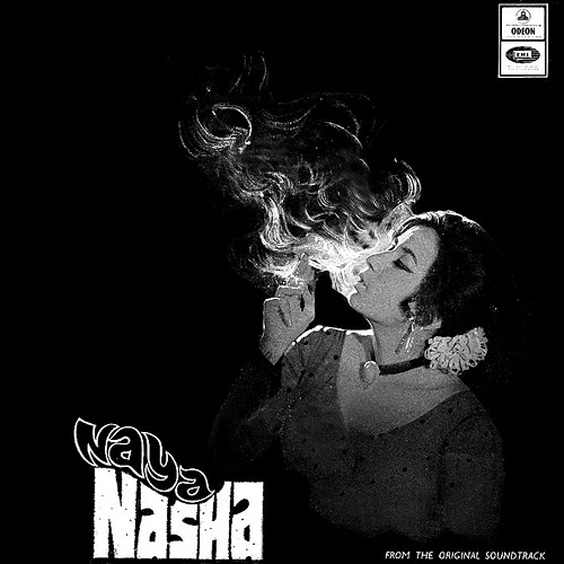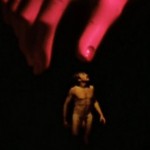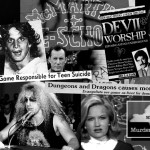MISS LOVELY’s Ashim Ahluwalia talks ‘Bollywood Underground’
Despite almost universal critical acclaim, Ashim Ahluwalia’s debut narrative feature Miss Lovely (following on a decade as a documentarian) seems to have fallen under the radar since its premiere at Cannes in May canada cialis of 2012. It’s taken two years for it to see a stateside release, a substantial delay considering the film is essentially the Bollywood version of Boogie Nights, a tremendously lush epic with all the style, sleaze, tension and character of its Hollywood counterpart – but with the addition of a sweaty grimness that seasoned exploitation fans will relish. It was easily one viagra canada online of my favourite films of 2012.
The film is about two brothers, the scheming Vicky (Anil George) and his more trepidatious younger brother Sonu (Nawazuddin Siddiqui of Gangs of Wasseypur) who have a small-time operation smuggling softcore nudie reels into sweltering horror movie grindhouses , where saavy audiences know they can see clandestine footage that has escaped the eyes of the censor board. The two brothers make quick cash doing this, but Vicky wants to move up in the world, wants to rub elbows with the real movers and shakers in the sex film business. He starts making sex-and-horror films himself, backed by shady businessmen who promise dire consequences if he doesn’t deliver. Sonu wants to be a filmmaker too, but his ambition is to produce more traditional romantic films – especially once he becomes smitten with an innocent but beautiful girl named Pinky (Niharika Singh), whose heart he captures by promising her the lead in his as-yet-unfinanced film “Miss Lovely”. Despite the freedom offered by this underground sleaze bubble – a successful picture is met with an addictive cocktail of accolades, money, drugs, women and respect – the dual threat of legal and gangland consequences, as well as their increasing disloyalty to one another starts to bear down on the brothers.
One of the things that makes the film so fascinating – and so marketable, from my perspective – is that it taps into all the licentious elements that would attract a western exploitation film audience while presenting a history we know virtually nothing about. Anyone who has read Pete Tombs’ book Mondo Macabro is likely familiar with the Ramsay Brothers, who churned out a series of inspired cheapie horror flicks in 80s Mumbai (and still make genre films to this day), and the FAB Press anthology book Fear Without Frontiers offers a history of Bollywood horror, but in general westerners’ common knowledge of the exploitation film scene in India is limited. With its tantalizing films-within-the-film full of crusty monsters and vampiric succubi, Miss Lovely immediately strikes one as riffing off the Ramsays’ history, which makes it all the more interesting to discover that director Ahluwalia considered the Ramsays to be far more mainstream than the C-grade directors who provided http://www.spectacularoptical.ca/2021/02/pills-store-buy-levitra/ the inspiration for his film.
With the film opening in New York and LA today, we speak to Ashim Ahluwalia about the major players of Bollywood exploitation in the 80s and beyond, the audiences and censors, and the freedom that the C-grade cinema scene sometimes offered to women in a restrictive society.
The film depicts a subculture in Mumbai devoted to sex and violence cinema that isn’t often depicted as part of Bollywood history. Where smuggling film seems as dangerous as smuggling drugs. Can you describe how widely screened these films were at the time? And was this a mix levitra and cialis subculture you experienced firsthand?
C grade films were incredibly widely screened up until the early 2000s when the internet finally killed them off. Unlike B movies that actually tried to follow through with a cohesive storyline, C movies never cared to do so. They were concocted to deliver titillation to a sexually starved audience of primarily working-class or small town males. And yet, at least in the early days of Indian exploitation cinema, they weren’t hard-core pornography either. For decades, C-grade cinema and pornographic films followed separate paths, eventually marrying in the fleapits of India in the early 1980s.
That’s sort of where the universe of Miss Lovely begins.
In C-grade cinema, producers would bypass the censors by never including explicit material in the main film. Even if censors demanded cuts it would have no effect on the outcome, for these illegal reels, known in Bombay by the English word “bits”, would make it directly to the projection booth of the cinema at night, carried by hand or on a bicycle. Here these sex reels would be spliced back into the main film, often in a random spot. So in the middle of a tragic death scene, it wouldn’t be unusual to suddenly have an eleven-minute female masturbation sequence.
Is there a market for underground films like this in India today?
By the time I started work on the film in the early 2000s, the C grade industry was already in a state of collapse; As India globalized in the 1990s, and celluloid became unaffordable, porn on VCD and the Internet flooded the market, destroying the need for these underground sex films.
Many exist only as oral history and hearsay. All we know is that thousands of them were made each year and hundreds would play every month. Most are now lost. It is still a mystery how these filmmakers and actors functioned in such a conservative atmosphere.
Obscenity laws remain the same, however. Anyone caught making or performing in a pornographic film gets three years in prison, and that is non-bailable. So it’s almost the same kind of sentence you would get if you murdered somebody. Just for the record, homosexuality is also illegal under Section 377 of the Indian penal code, so a gay pornographic film would get you even more jail time.
Though the film doesn’t overtly state it, many people have read the film as being unofficially inspired by the Ramsay Brothers, and Shyam Ramsay has even spoken out against the film. The horror films-within-the-film look remarkably like Ramsay Brothers productions. To what extent were they and influence? And if not them, who specifically were the influences?
The Ramsay Brothers were not an inspiration at all because they aren’t very sleazy or strange, and nor are they C-grade filmmakers. In fact, they make fairly legitimate B-grade horror films in the British Hammer Horror tradition. So it was quite funny when they were “offended” and felt like they had been portrayed in “poor light”, because I actually find most of their films boring. The wilder brothers are Kanti & Kishan Shah, who appeared in the 90s and made hundred of extremely weird and raunchy films in very poor taste. So there has always been a tradition of brothers making sleaze films worldwide (including the Mitchell Brothers, of course) and I think that’s what led to the assumption that Miss Lovely was influenced by the Ramsays.
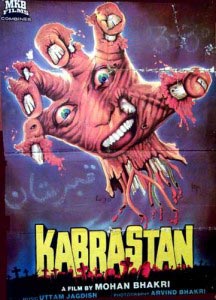 The films that actually influenced Miss Lovely – and many of the originals do appear in the film as Duggal Brothers productions – were films made in the mid to late 1980s like Mohan Bhakri’s Kabrastan (The Graveyard) and Vinod Talwar’s Khooni Panja (The Bloody Claw) as well as films by directors like Joginder who would act in the sex scenes himself making no attempt to disguise his appearance. I was really surprised by his directness and lack of fear. There were also numerous anonymous productions such as the first indian pornographic film shot on Umatic tape in the late 1980s – Bombay Fantasy. There were sex education films like I.V. Sasi’s Teen Love & Sex (1982) and more anonymous fare such as Lady Doctor and Birth of a Baby, where audiences were shown graphic footage of childbirth and venereal diseases.
The films that actually influenced Miss Lovely – and many of the originals do appear in the film as Duggal Brothers productions – were films made in the mid to late 1980s like Mohan Bhakri’s Kabrastan (The Graveyard) and Vinod Talwar’s Khooni Panja (The Bloody Claw) as well as films by directors like Joginder who would act in the sex scenes himself making no attempt to disguise his appearance. I was really surprised by his directness and lack of fear. There were also numerous anonymous productions such as the first indian pornographic film shot on Umatic tape in the late 1980s – Bombay Fantasy. There were sex education films like I.V. Sasi’s Teen Love & Sex (1982) and more anonymous fare such as Lady Doctor and Birth of a Baby, where audiences were shown graphic footage of childbirth and venereal diseases.
There are also other influences – some very interesting women directors like Sheetal, who made a film in 1982 called Honey as well as J. Neelam who made a lot of dacoit (bandit) sex films. So I guess I was influenced by almost everything but the Ramsay brothers.
In the 90s you originally tried to address this story from a documentary perspective. What happened?
I decided to make a documentary about the filming of a C grade film called Maut Ka Chehra (Face of Death), spending almost a year and a half with actors, producers and directors in the murky backrooms of the industry. This was around the early 2000s. Many of the films were pornographic, and therefore illegal. Eventually the documentary I wanted to make fell apart – nobody wanted to participate for fear of arrest or of knife-wounds from gangland financiers. Years later, I returned to those abandoned stories and gossip, reworking the stories and characters into a semi-fictional script called Miss Lovely.
You supposedly drew inspiration from these filmmakers, even though in your film they are presented as sleazy opportunists. What did you find inspiring about them?
I think it was their anarchic spirit more than the films themselves that I loved. The way the pictures were made – running from the law, replacing a key actor in the midst of the film if the original guy wasn’t available, ending a scene if they ran out of film, using stock footage and shooting with whatever was available. This energy reminded me of the spirit of early independent film and the way experimental cinema was made in the late 1950s and early 60s – and that was very exciting.
I found the relationship with the women who appeared in these films really interesting – on the one hand, you’re considered a whore, you’re expendable, but overall the life seems much better, much freer, more jubilant. In the film, once Pinky is disowned by her uncle for her association with Sonu, she’s immediately dancing and smiling in the next scene. The way some of the women talk back to the men, this would be considered really inappropriate behaviour in other circumstances. What’s your take on the women who were a part of this scene?
Yeah, I think that’s very accurate. Women in mainstream Bollywood films are usually decorative – meant to look coy or pretty around the “Hero” of the film – they’re always in service of the male actor, as the wife or the girlfriend or whatever. If you have, let’s say, a sexually comfortable, open woman in an Indian film, Bollywood or independent, she usually gets shot or killed. It’s this “Vamp or Virgin” kind of thing that’s still very much prevalent in Indian cinema. But Miss Lovely has a lot of women doing whatever the fuck they want to do. That’s not to say that women are not exploited in the lower depths of cinema. It’s harder for them to survive in this environment, and as a result, they are better at navigating it. This is something I experienced firsthand when I researched the documentary. The women have a lot of clout. It isn’t accidental that only the women make it out of this world at the end of the film.
I think non-Indian critics sometimes miss the significance of the representation of women in Miss Lovely – but for Indian audiences and critics, it’s a glaring shift from how things were in the past.
It was interesting that among the music used was Italian genre film music by Piero Umiliani and Egisto Macchi – why the decision to use Italian music in a film focused on the Bollywood underground film world?
I think for me Miss Lovely is about cinema, not just Indian cinema. Argento and other Italian giallo was a huge influence on Indian sex-horror pictures. I think there are incredible alternate histories at work here – global connections that traditional cinephiles wouldn’t care so much about – but those connections interest me. Indian C grade filmmakers used to steal music from European horror films. I guess that’s why it just felt right to reuse scores that Macchi and Umiliani had made for a previous generation of Italian exploitation cinema.
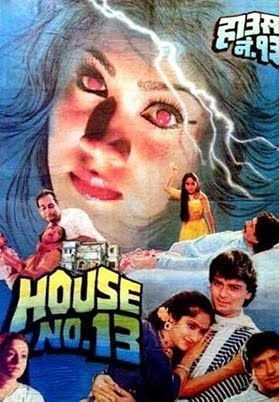 Are there films from this era you would specifically recommend to adventurous western viewers?
Are there films from this era you would specifically recommend to adventurous western viewers?
Probably many that I mentioned above as well as a weird Malayalam soft-core film in English called Red Light. AG Baby’s House No 13 – which I used as the opening film in Miss Lovely – and Private Life by BK Adarsh are both great. A film I absolutely adore, which is not a sleaze film at all, is called Naya Nasha (The New Intoxication) from the late 1970s – about a traditional Indian housewife who gets addicted to LSD. It features a conservative Indian marriage scene where she’s high as a horse. It’s like Fassbinder and Sirk but with a whole lot of other bizarre stuff thrown in there as well.
One reviewer cited your film as an example of “how fundamentally and excitingly the Hindi film topography is changing.” What do you see changing?
I’m not convinced of that quite as yet, but there are new directors refusing to conform to either the “mainstream” or “art house” tag with more hybrid films on the horizon. That’s something to look forward to.
****
House No 13 (full movie, no subtitles):

 June 20, 2014
June 20, 2014  No Comments
No Comments
